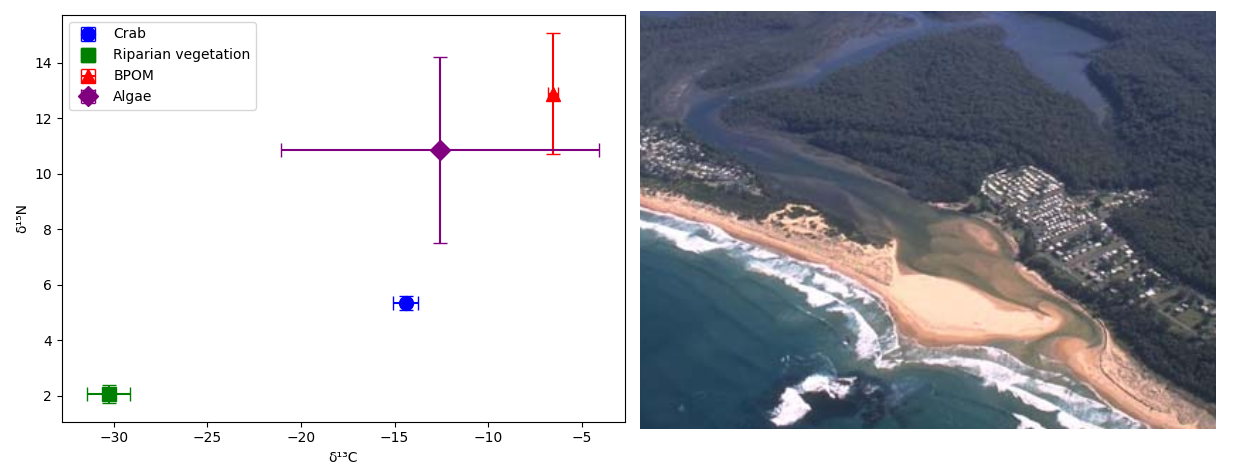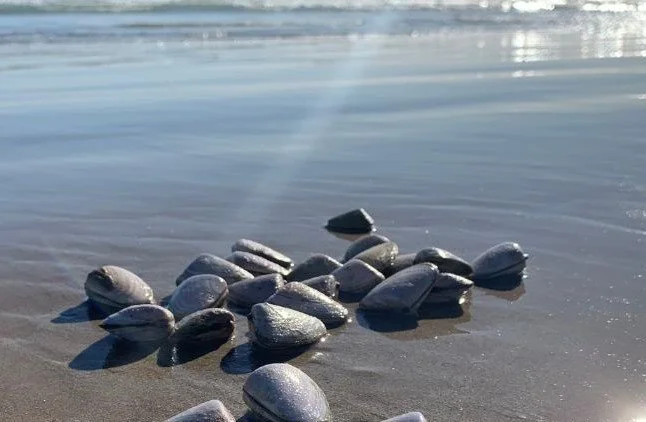Coastal food webs in a changing climate
The health and structure of coastal food webs are shaped by a complex interplay of biological, physical, and chemical factors. Invertebrate consumers play a crucial role, linking primary producers to higher trophic levels including fish, birds, and humans.
These ecosystems are increasingly under pressure from land use changes and climate-driven impacts. Our current research focuses on how coastal food webs respond to shifting hydrological conditions. Infrastructure such as dams and barrages has altered the natural interactions between freshwater and marine systems. Additionally, the rising frequency of extreme flood events is changing the scale and timing of organic carbon and nutrient delivery to coastal zones.
These changes can have both beneficial and detrimental effects. On one hand, nutrient influxes may stimulate blooms of phytoplankton and heterotrophic microorganisms in nearshore environments. A key question is whether these additional resources are being utilized by consumers. To investigate this, we are conducting a multi-year study on the east coast of Australia, examining how food sources supporting beach pippis (Plebidonax deltoides) respond to extreme flood conditions. Pippis are a vital food source for many shorebirds, a popular bait in recreational fisheries, and an increasingly valued seafood product.
However, flood events can also have negative consequences. The delivery of blackwater, rich in organic matter but low in oxygen, can lead to hypoxic conditions and fish kills. For microinvertebrates such as zooplankton, these events may cause short-term die-offs, although their communities often show resilience and can recolonize quickly (Hitchcock et al 2022a). In contrast, larger benthic crustaceans like the ghost yabby (Trypaea australiensis) may experience rapid population crashes. We are investigating how quickly these species can recover following extreme events and population crashes on the NSW coast.
Changes in hydrology are also affecting the dynamics of intermittently open and closed lagoons, one of the most common estuary types along the New South Wales coast. Our research is exploring how food web structures shift under these varying conditions, with a particular focus on benthic crustacean communities.



